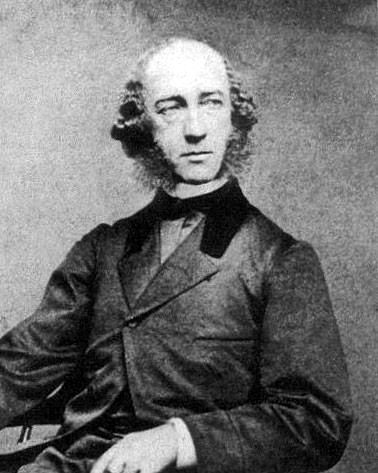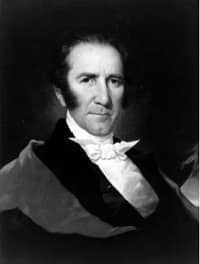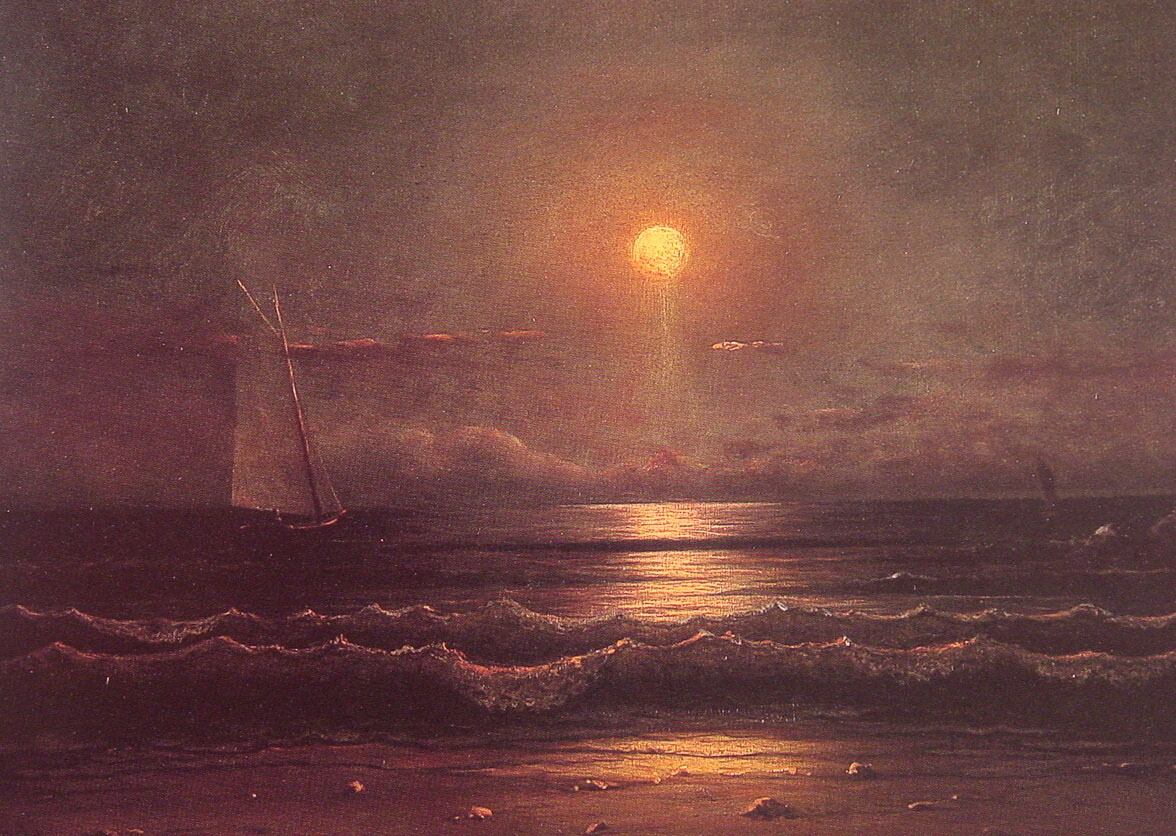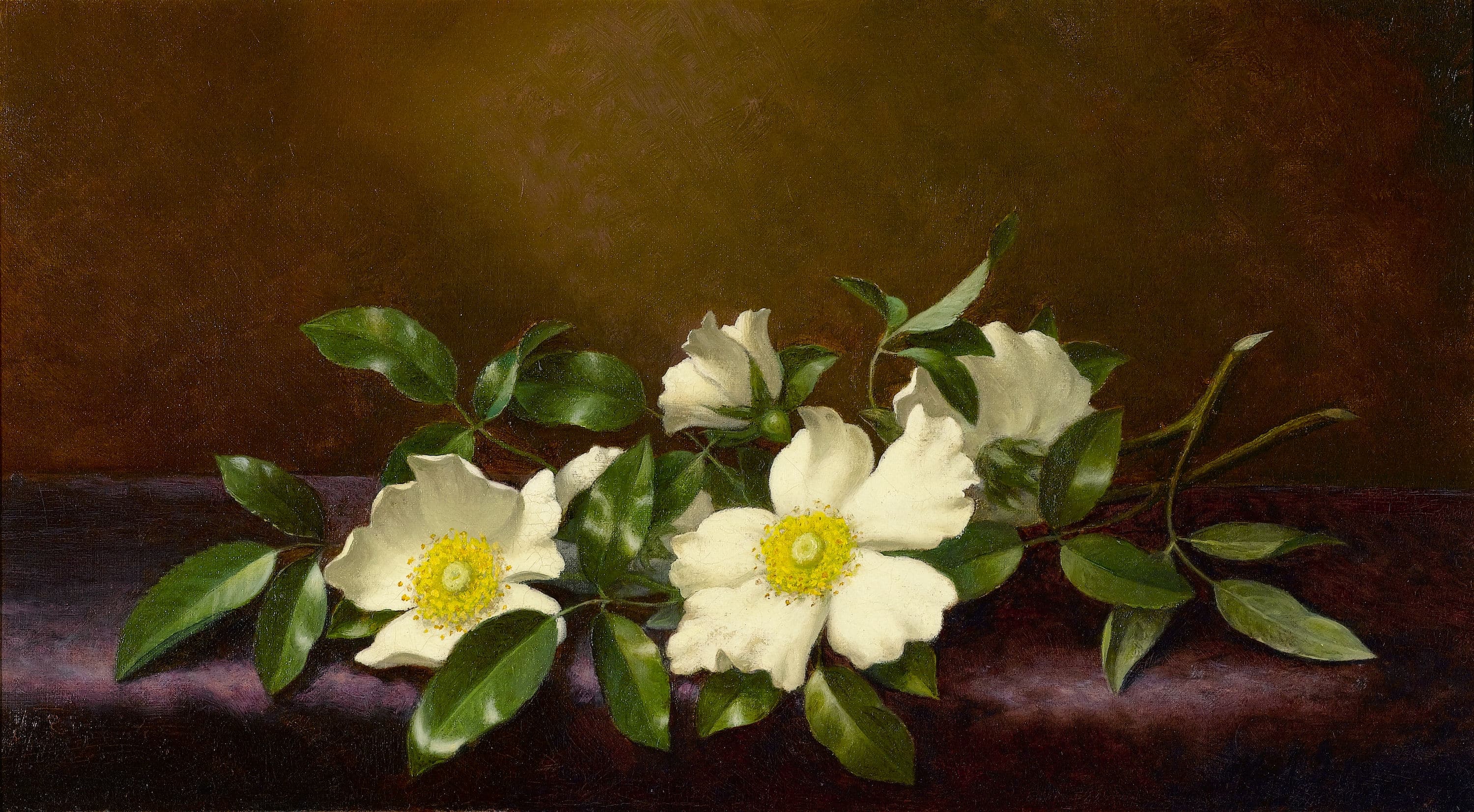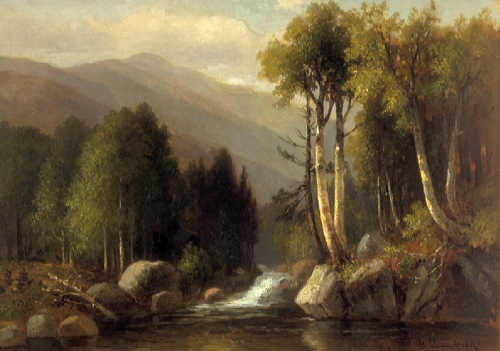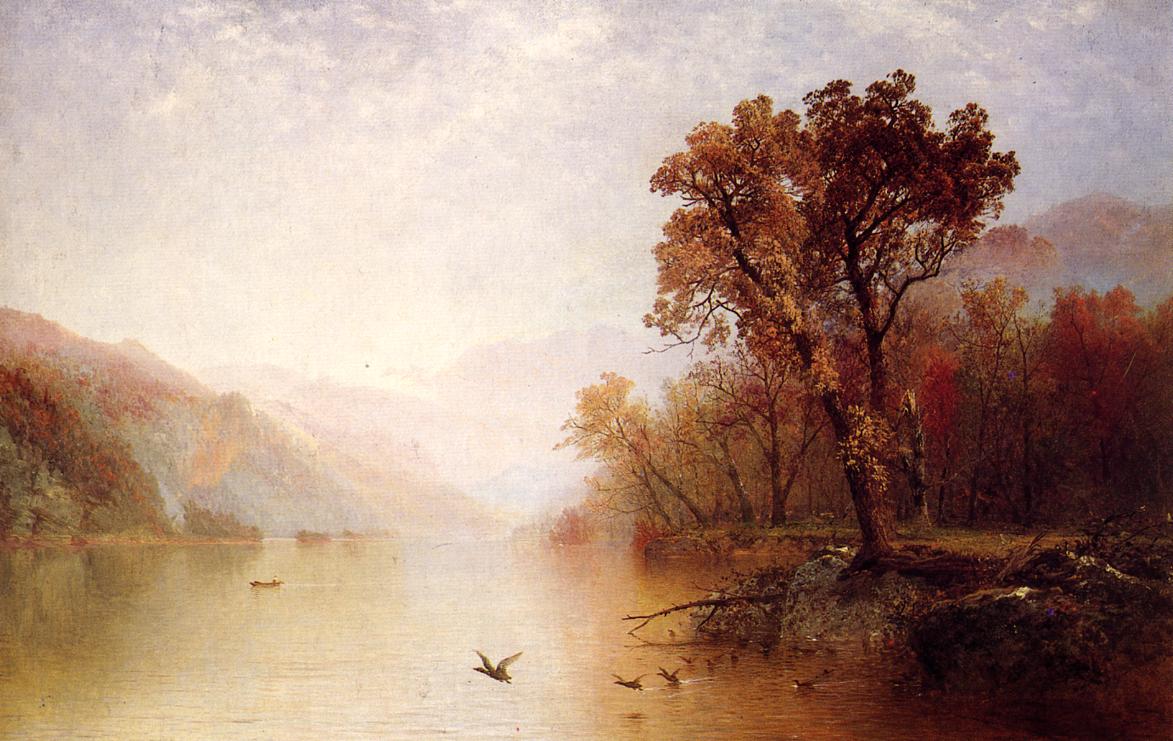Biography:
Martin Johnson Heade was born on the 11th of August, 1819, in Lumberville Pennsylvania. His first art training came from folk artist Edward Hicks and possibly his cousin. Heade is not believed to have any formal training, although this is not certain. By 1839 he was painting his first portraits, with his first exhibition in 1941 at the Pennsylvania Academy of Fine Arts. In 1843 he changed his last name from ‘Heed’ to ‘Heade’.
Heade travelled a lot, finding inspiration for his works until he finally settled in New York in 1859, where he met several Hudson River School artists, including Frederic Edwin Church, who became a close friend.
Because of the way he depicts light in his works, many historians treat him as one of the luminaries. Martin Johnson Heade died on September 4, 1904. While Heade was alive he was not very well known, although around the time of World War II his works were rediscovered and now they can be valued at millions of dollars.
Body of Work:
From left to right below: Portrait of General Sam Houston (1946), Sailing by Moonlight (1860), Cherokee Roses on a Purple Cloth (1894), Cattleya Orchid and Three Brazilian Hummingbirds (1871)
Martin Johnson Heade’s body of work includes his extensive works of hummingbirds, portraits, landscapes, birds and still life. 40% of his works are of landscapes.
- His earliest works were portraits including Portrait of a man (1840) and Mary Rebecca Clark (1857)
- Later he travelled the tropics which influenced his artworks of hummingbirds, including Passion Flowers with Hummingbirds (1870-1883), Orchid and Humming bird (1880) and Orchid and Hummingbird near a Mountain Waterfall (1902)
- His friendship with Hudson River School Artists influenced his landscape works, including Hunters Resting (1863) and Rhode Island Landscape (1859)
- He also painted a lot of seascapes such as Seascape: Sunrise (1860), The Harbour at Rio de Janiero (1864) and Thunderstorm on Narragansett Bay (1868)
- Later in his life (around 1867) he took an interest in still life such as his works A Vase of Corn Lilies and Heliotroph (1863) and Magnolia Grandiflora (1885-1895)
Influences and Connections:
Martin Johnson Heade’s paintings were greatly influenced by his surroundings, such as the meadows of Florida’s eastern coast and the marshes and tropical vegetation of St Augustine. These combined with a fascination with how light interacted with the environment, inspired him to create paintings that contain an atmosphere of serenity, as well as encompassing the reflections of light from the St Johns river and marshes.
His study of light was one of his main contributions to 19th-century painting, as he was able to contain the warmth and light within his artwork, as well as adding an element of contrast to his work. Light can also add an element of movement through shadow and contrast. Heade has an understanding of how lines, curves, and angles, can also create the illusion of movement and uses this successfully in his work to demonstrate wind blowing through trees or moving water.
Heade was influenced by the styles of other artists with who he lived for several years including Frederick Edwin Church and John F Kensett, who influenced his landscape paintings, such as the lighting and emphasis of detail. His fascination with light is said to be mainly influenced by the works of his close friend, Frederic E. Church, because of the intensely colored realism of Church’s works.
Church also influenced the detail he put into his paintings. From a young age, Heade was very interested in hummingbirds and their effect on natural selection and their environment. Heade was influenced by the likes of Darwin to examine how hummingbirds lived. This inspired him to travel to the tropics, where he spent several years painting hummingbirds and how they interact with each other and with orchids, from which they drink nectar as a food source.
Heade was influenced by how human interactions with the hummingbirds affecting their natural selection, which is why he often depicts several hummingbirds in his works, either mating airs or males fighting over a female. His works would also have been greatly influenced by his cousin and first art teacher Edward Hicks. Hicks paintings often depicted nature and animals, which would have affected the focus of Heade’s painting practice and gave him an admiration for nature.
Martin Johnson Heade was influenced by Hudson River School Artists he befriended, including close friend Frederic Edwin Church, this made his works more dramatic and intense as well as giving him an interest in the tropics, mainly due to Frederic Edwin Church’s painting Heart of the Andes (1959). His landscapes were influenced by John Frederick Kensett and Benjamin Champney in 1957.
Analysis of Artwork:
In his painting “Cattleya Orchid and Three Brazilian Hummingbirds” (1871), Martin Johnson Heade has used oil paints on wood. 35cm by 46cm, this painting is a medium size and was part of a collection of paintings of hummingbirds Heade painted while travelling the tropics. This painting is very in-depth, showing fine brushwork and detail, even in the background. It is painted in a traditional style, very realistic. Heade uses interesting compositional elements throughout much of his work, especially in his hummingbird collection.
In the foreground, he has a close up of an Orchid such as in this painting or some other sort of flower, fully detailed. The orchid is the first part of the painting that attracts your attention. Further back, in the midground, the hummingbirds, traditionally would be the centre of attention, are painted around their nest. In the background, layers of clouds, dim light, bushes and trees create a feeling of depth and space, a feeling of being lost in a jungle.
It envelopes the viewer, urging them to look further into the detailed background of the painting, from the mossy tree branches to the eggs in the hummingbird’s nest. In my opinion, the focal point could be either the orchid or the hummingbirds, as both lead to each other, complimenting each other in the way they are placed. Throughout the painting, there are other elements that also emphasizes the focal point, such as the vines hanging down from the branch, which leads your eyes downwards.
The bushes in the background slope down towards the centre, emphasizing the focal point as well as providing an element of symmetry that helps to balance the painting. While the background is symmetrical, the foreground, while still balance, is arranged asymmetrically in contrast, adding an element of interest to the painting. Heade was very much inspired by the tropics and the hummingbirds it contained, obvious by his collection of hummingbird paintings. He uses unusual angles in his hummingbird paintings to add interest, they are not painted from the view you would normally see them if you were walking through the tropics.
He also creates a sense of mystery through the way he uses musky, dim colours in the background, which both adds depth and adds an element of mystery. He contrasts his background with bright colours in the foreground, such as the orchid and the hummingbird’s tail in this artwork. The smooth colours and blending in the background create an interesting effect where the viewer is uncertain what they are looking at, clouds, sky or just more jungle? The viewer is left to decide what might be unveiled from the mist. Currently, the scene in this painting is very serene, the mood calm.
The viewer is almost able to imagine the hummingbirds flitting around their nest, their song adding to the background noise of the jungle. The dark clouds at the top of the painting could signal that this calm is about to be disturbed, whether through a storm or flooding, or it could signal darkness in the future, such as their jungle being destroyed to make way for a city. This is also emphasized by the single orchid, by itself, it shows the fragility of the jungle, how powerless it is against greater forces. Yet even though the orchid has no way to know if it or its species will survive in the future it still grows strong by itself, showing its colors to all who have the time to appreciate nature.
To me, this painting signals what we have lost through the years as well as what more we could possibly lose in the future. The ground is overgrown by plants and bushes, the branches hanging with bundles of moss and vines, yet the three hummingbirds are the only animals able to be seen in the artwork. The overgrown plants show what the world would look like if we had no removed so much of nature to make way for buildings, factories, and us in general. The hummingbirds present an image of solidarity in one way showing the freedom and space they now have but at the same time showing what it could possibly be like when we have destroyed so much that they are all that is left.

